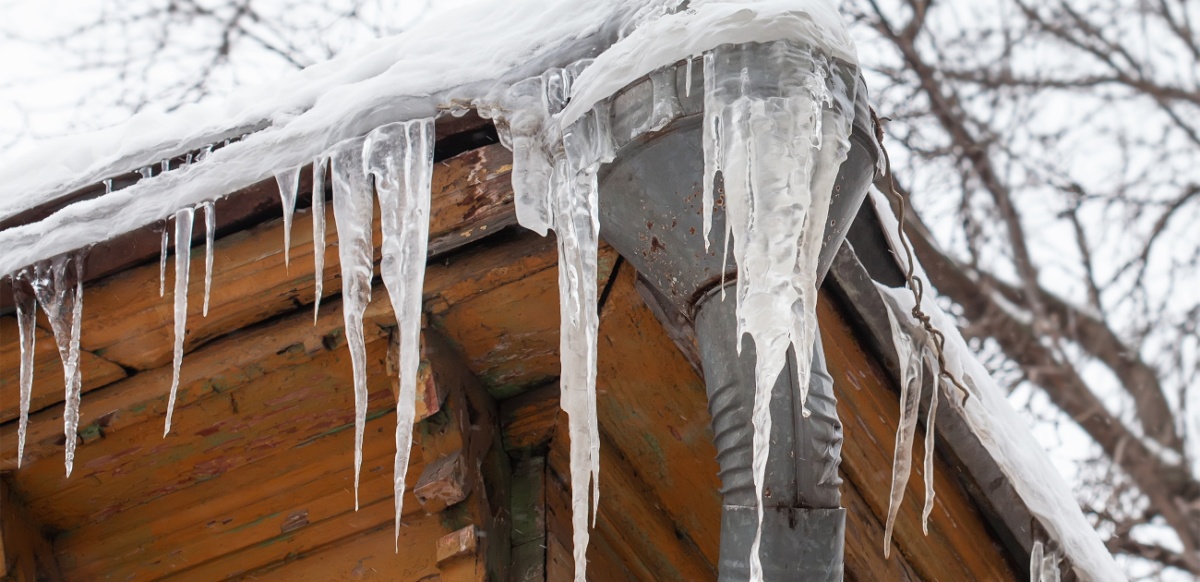Preventing Frozen Plumbing in Winter: Essential Tips
Preventing Frozen Plumbing in Winter: Essential Tips
Blog Article
Are you on the lookout for tips concerning How To Avoid Freezing Pipes?

Winter can wreak havoc on your pipes, specifically by freezing pipes. Right here's exactly how to stop it from happening and what to do if it does.
Intro
As temperatures decrease, the threat of frozen pipelines rises, potentially bring about costly repair work and water damages. Understanding exactly how to stop icy pipes is important for home owners in cold climates.
Prevention Tips
Protecting prone pipelines
Cover pipes in insulation sleeves or use heat tape to safeguard them from freezing temperatures. Focus on pipelines in unheated or outside locations of the home.
Heating methods
Keep interior areas effectively heated up, particularly areas with plumbing. Open up cupboard doors to permit warm air to circulate around pipes under sinks.
Just how to recognize frozen pipes
Look for lowered water circulation from faucets, uncommon smells or sounds from pipelines, and visible frost on revealed pipes.
Long-Term Solutions
Structural adjustments
Consider rerouting pipelines away from outside walls or unheated locations. Add additional insulation to attic rooms, basements, and crawl spaces.
Updating insulation
Purchase high-quality insulation for pipelines, attics, and walls. Appropriate insulation assists maintain constant temperature levels and lowers the threat of frozen pipelines.
Shielding Outside Plumbing
Garden hose pipes and exterior faucets
Separate and drain pipes yard tubes prior to winter season. Mount frost-proof spigots or cover outside taps with insulated caps.
Recognizing Frozen Pipes
What triggers pipelines to ice up?
Pipes freeze when subjected to temperature levels below 32 ° F (0 ° C) for extended periods. As water inside the pipelines ices up, it increases, taxing the pipeline wall surfaces and potentially causing them to burst.
Risks and damages
Frozen pipes can result in water system interruptions, property damages, and pricey fixings. Ruptured pipelines can flood homes and trigger comprehensive structural damages.
Indicators of Frozen Water Lines
Determining icy pipelines early can prevent them from breaking.
What to Do If Your Pipes Freeze
Immediate activities to take
If you think icy pipes, maintain faucets available to alleviate stress as the ice melts. Utilize a hairdryer or towels taken in hot water to thaw pipelines slowly.
Final thought
Protecting against frozen pipelines calls for proactive procedures and fast responses. By comprehending the reasons, signs, and preventive measures, home owners can shield their pipes during winter.
6 Proven Ways to Prevent Frozen Pipes and Protect Your Home
Disconnect and Drain Garden Hoses
Before winter arrives, start by disconnecting your garden hoses and draining any remaining water. Close the shut-off valves that supply outdoor hose bibs and leave the outdoor faucet open to allow any residual water to drain. For extra protection, consider using faucet covers throughout the colder months. It’s also important to drain water from any sprinkler supply lines following the manufacturer’s directions.
Insulate Exposed Pipes
Insulating your pipes is an effective way to prevent freezing. Pipe insulation is readily available at home improvement stores and is relatively inexpensive. Pay close attention to pipes in unheated areas such as the attic, basement, crawl spaces, or garage. Apply foam insulation generously to create a buffer against the cold. You can also wrap your pipes in heat tape or thermostat-controlled heat cables for added warmth.
Seal Air Leaks
Inspect your home for any cracks or openings that could let in cold air. Seal any holes around the piping in interior or exterior walls, as well as the sill plates where your home rests on its foundation. Additionally, make sure to keep your garage door closed unless you’re entering or exiting. Leaving it open creates a significant air leak that can lead to frozen pipes.
Allow Warm Air Circulation
During cold snaps, it’s essential to allow warm air to circulate evenly throughout your home. Leave interior doors ajar to promote better airflow. Open kitchen and bathroom cabinets to help distribute heat consistently around the rooms. If you have small children or pets, be sure to remove any household chemicals or potentially harmful cleaners from open cabinets for safety.
Let Faucets Drip
A small trickle of water can make a big difference in preventing ice formation inside your pipes. When temperatures drop significantly, start a drip of water from all faucets served by exposed pipes. This continuous flow helps prevent the water from freezing. Additionally, running a few faucets slightly can relieve pressure inside the pipes, reducing the chances of a rupture if the water inside does freeze.
https://choateshvac.com/6-proven-ways-to-prevent-frozen-pipes-and-protect-your-home/

Do you like more info about Prevent Frozen Pipes ? Try leaving a comment directly below. We would be pleased to find out your opinions about this write-up. We are looking forward that you visit us again soon. Do you know another individual who is curious about the niche? Do not hesitate to share it. Thanks a lot for your time. Come back soon.
Free Quote Report this page